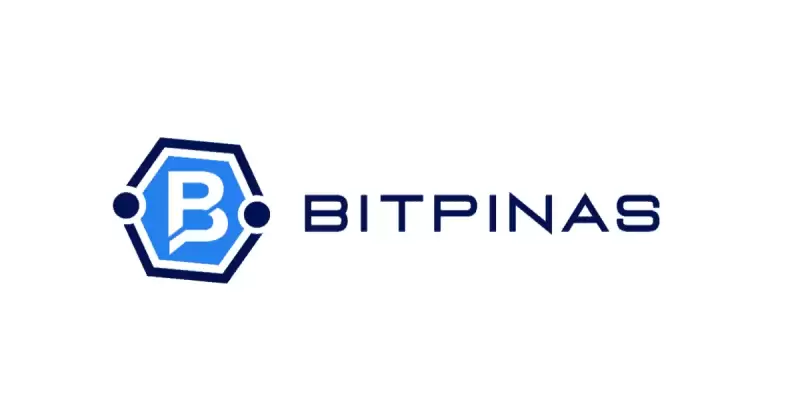 |
|
 |
|
 |
|
 |
|
 |
|
 |
|
 |
|
 |
|
 |
|
 |
|
 |
|
 |
|
 |
|
 |
|
 |
|
Cryptocurrency News Articles
Is a $150 Price Still Realistic for Polkadot (DOT) This Bull Run?
Mar 29, 2025 at 09:00 pm
Polkadot might just be one of the most overlooked opportunities in the current crypto bull market. While everyone’s busy chasing the next shiny NFT or AI token

Polkadot (DOT) might just be one of the most overlooked opportunities in the current crypto bull market. While everyone’s busy chasing the next shiny NFT or AI token, this interoperability-focused blockchain could deliver serious returns for patient investors. At least that’s the view shared in a recent analysis that’s caught the attention of many crypto enthusiasts.
In a detailed YouTube video that’s already racked up thousands of views, Lee the Captain makes a case for Polkadot’s potential. With over 49 thousand subscribers following his market insights, he explains why DOT stands apart from other altcoins.
“I believe that Polkadot could be such a big narrative hypothetically during this bull run,” he explains. The reason isn’t just his ambitious $150 price target – it’s Polkadot’s unique market position.
Also Read: How Much Could 150,000 Onyxcoin (XCN) Tokens Be Worth In 2026?
Unlike Ethereum (CRYPTO: ETH), which battles numerous competitors like Solana (CRYPTO: SOL), Cardano (CRYPTO: ADA), and Avalanche (CRYPTO: AVAX), Polkadot faces almost no serious competition in the interoperability space. Sure, there’s Axelar, but it’s significantly smaller and unlikely to challenge Polkadot’s dominance anytime soon.
This reminds Lee of Bitcoin’s (CRYPTO: BTC) position in the market. While Ethereum has to constantly defend its territory against “Ethereum killers,” Bitcoin stands alone at the top with no real rivals. Polkadot enjoys a similar advantage in its niche – it’s the undisputed king of interoperability.
If you’re wondering why anyone should care about interoperability, the answer is simple. Most blockchains can’t talk to each other. Bitcoin and Ethereum – the two biggest cryptocurrencies in the world – exist on completely separate networks that can’t natively share data or value.
This isolation problem grows more serious as the blockchain ecosystem expands. Each new network that launches creates another island in the digital archipelago. Polkadot’s whole purpose is building bridges between these islands.
“Keep in mind, why is trying to solve the problem of lacking interoperability such a big deal?” Lee asks. “It’s because many blockchains, by nature, because they are independent of one another, can’t freely send data and value to each other.”
While this might not sound as exciting as the latest AI project or gaming token, it addresses a fundamental infrastructure need. As more blockchains emerge, the demand for interoperability will only increase – regardless of market cycles or investor hype.
One of Polkadot’s smartest features is its relationship with Kusama – what Lee calls its “support system.” Kusama functions as a “canary network” where projects can launch and test their ideas under real economic conditions before potentially moving to Polkadot.
This creates a clever pipeline effect. Developers can start on Kusama, where costs are lower, and then graduate to Polkadot once they’ve proven their concept works. It’s like having a farm system that constantly feeds new talent into the major leagues.
“It’s kind of like a funneling system for projects to flow into Polkadot – but then in a much more streamlined and potentially more cost-effective way,” Lee points out. This thoughtful ecosystem design shows the foresight of Polkadot’s development team and creates additional value that many investors might be overlooking.
So could DOT really hit $150 this bull run? Lee thinks so, and his reasoning is worth considering.
At that price, Polkadot would have a market cap around $235 billion based on current circulating supply. That’s roughly a 30x increase from its current valuation, which sounds huge until you realize it would still be over $300 billion less than Ethereum’s 2021 all-time high market cap.
The crypto market has also grown substantially since the last bull run. According to research from Crypto.com, the number of crypto owners has doubled from about 300 million to over 600 million. With more participants and greater institutional involvement through Bitcoin ETFs and enterprise adoption, the ceiling for this cycle could be much higher.
Also Read: Pi Coin Price Prediction For Today, March 29
There’s also the potential catalyst of a Polkadot ETF. Lee mentions that “21Shares advances with the project of an ETF on Polkadot, updated the request to the SEC.” While Bitcoin and Ethereum ETFs get all the attention, a Polkadot ETF approval would drive significant new interest.
Looking at historical patterns, Lee notes that altcoins typically peak around 18 months after a Bitcoin halving event. Since the last halving happened in April of last year, this timeline would point to a potential peak around October of this year. While each cycle has its own characteristics, this historical pattern provides a rough timeframe to watch.
Disclaimer:info@kdj.com
The information provided is not trading advice. kdj.com does not assume any responsibility for any investments made based on the information provided in this article. Cryptocurrencies are highly volatile and it is highly recommended that you invest with caution after thorough research!
If you believe that the content used on this website infringes your copyright, please contact us immediately (info@kdj.com) and we will delete it promptly.
-

-

-

- Circle is launching a new global payments system that will streamline cross-border bank transactions
- Apr 22, 2025 at 12:45 pm
- According to a press release on Apr. 20, the Circle Payments Network connects banks, fintech firms, digital wallets, and other financial institutions to enable real-time, cross-border transactions using regulated stablecoins like USD Coin (USDC) and EURC (EURC)
-

- Coinbase Derivatives Launches CFTC-regulated Futures Contracts for XRP, Opening the Door for a Spot XRP ETF
- Apr 22, 2025 at 12:45 pm
- Coinbase Derivatives, LLC has launched CFTC-regulated futures contracts for XRP, adding to the growing list of crypto derivatives available under U.S. regulatory oversight.
-

-

-

-

-





























































